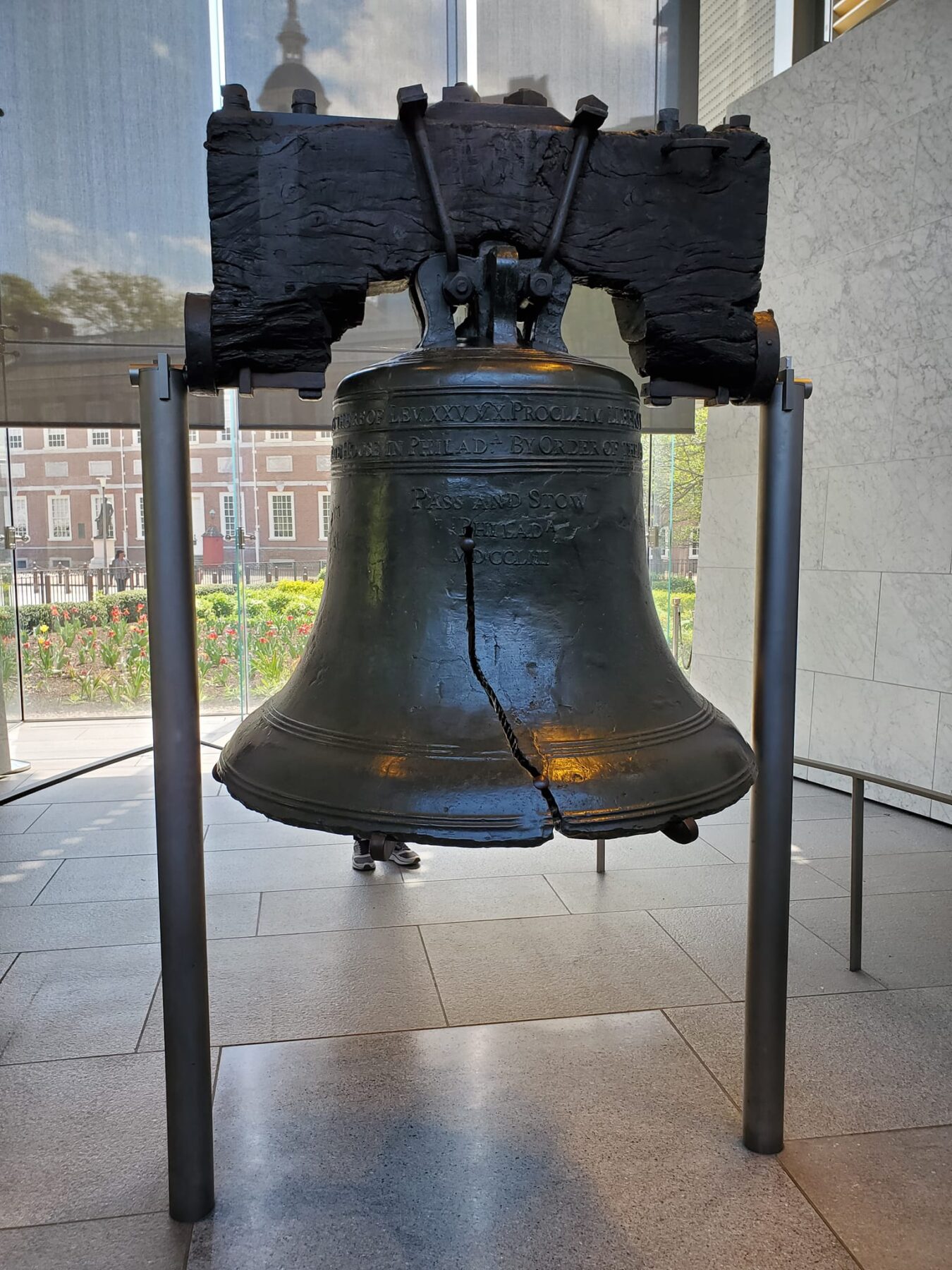Located in Philadelphia’s Center City, The Notary Hotel offers a compelling blend of historic architecture and modern luxury. Originally City Hall Annex – a place where Philly’s big moments were notarized – the building dates to 1926 and is listed on the National Registry of Historic Places. Inspired by its legacy of civil service, the hotel celebrates civic flair through unique design and artifacts that tell the building’s story, like wall-mounted 20th century nameplates, vintage hand-tufted rugs and a display of 1920s typewriters.
The hotel embraces the history right outside its walls, too, offering complimentary historian-led walking tours to further immerse guests in the city’s rich past. Every Saturday, hotel guests are invited to take a glimpse into the past alongside a professional historian, stopping at local landmarks, like:
- City Hall – Directly opposite the hotel, this architectural treasure is the largest municipal building in the U.S. and the world’s highest masonry load-bearing structure, topped with an iconic statue of Philadelphia founder William Penn.

- Masonic Temple – A historic landmark and architectural wonder directly across from City Hall, the Temple is one of the nation’s most elaborate examples of Masonic architecture, adorned in beautiful Quincy granite and Cape Ann Syenite.
- Arch Street United Methodist Church – Founded in 1862, the white marble Gothic Revival building precedes both City Hall and the Masonic Temple and houses a Stanbridge organ from 1870.
- Pennsylvania Academy of the Fine Arts – Founded in 1805 as the first and oldest art museum and art school in the country, the PAFA holds an outstanding permanent collection as well as rotating exhibits and work by the region’s most talented artists.
- Reading Terminal Market – One of the nation’s oldest public markets featuring local favorites, like Philly Cheesesteaks, Beiler’s Amish Donuts, Cannolis from Termini Brothers and cookies from Famous 4th Street Cookie Company.

- Chinatown Friendship Gate – The colorful 40-foot portal to Philly’s Chinatown neighborhood was painted in a traditional Qing Dynasty style by artist Sabrina Soong with the help of engineers and artisans from China, using tiles from Philadelphia’s sister city, Tianjin. The neighborhood is full of eclectic shops, festivals and a wide selection of Chinese, Korean, Vietnamese, Thai and Burmese cuisines.
- African American Museum in Philadelphia – An affiliate of the Smithsonian Institution, the museum was founded in 1976 as the first institution built by a major U.S. city to preserve the heritage and culture of African-Americans. The museum also houses modernistic public sculptures and city landmarks, The Whispering Bells and Niaska.

- Independence Hall – The birthplace of the Declaration of Independence and the U.S. Constitution. Additional stops within Independence National Historical Park include: The National Constitution Center, Quaker Meeting House, Liberty Bell, Congress Hall, the first Supreme Court and Independence Visitors Center .







